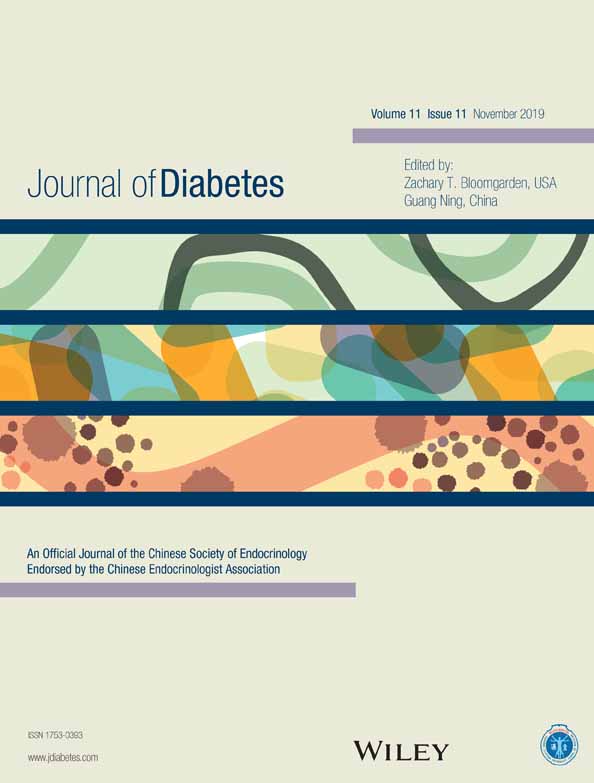Dose-response relationships between dairy intake and chronic metabolic diseases in a Chinese population
中国人群奶制品摄入与慢性代谢性疾病之间的剂量-反应关系
Abstract
enBackground
This study investigated associations between dairy intake and chronic metabolic diseases (CMDs), and evaluated possible dose-response relationships in Chinese.
Methods
This cross-sectional study included 6073 adults aged ≥18 years from China. General characteristics were gathered using a validated dietary questionnaire. Multivariable logistic regression analyses investigated associations between dairy intake and chronic metabolic diseases (CMDs) (overweight/obesity, obesity, central obesity, and hyperlipidemia). Restricted cubic spline models explored dose-response relationships between dairy intake and CMDs, and possible dairy intake in the prevention of CMDs. Structural equation modeling explored the potential mechanisms of the effects of dairy intake on CMDs.
Results
Significant inverse associations were found between dairy intake and overweight/obesity, obesity, central obesity, and hyperlipidemia, with odds ratios (ORs) of 0.66 (95% confidence interval [CI] 0.56-0.79), 0.63 (95% CI 0.47-0.85), 0.71 (95% CI 0.60-0.85), and 0.81 (95% CI 0.56-1.17), respectively (P < 0.05 for all). The intake of yogurt, milk, and total dairy to prevent CMDs differed according to age group (16-74, 29-187, and 159-269 mL/d, respectively, in the entire group; 69-110, 59-152, and 138-167 mL/d, respectively, in the young group, ≤ 44 years; 9-58, 57-149, and 117-145 mL/d, respectively, in the middle-aged group, 45-59 years; and 23-59 mL/d yogurt only in the old group, ≥ 60 years). Structural equation modeling showed that dairy intake could reduce body mass index and waist circumference by regulating carbohydrate, fat, protein, and total energy.
Conclusions
Dairy intake was inversely associated with the prevalence of overweight, obesity, central obesity, and hyperlipidemia, and the optimal range of dairy intake differed with age. The beneficial effects of dairy intake in preventing CMDs could involve regulation of carbohydrate, fat, protein, and total energy.
Abstract
zh摘要
背景
本研究旨在调查中国人群奶制品摄入与慢性代谢性疾病(chronic metabolic diseases,CMDs)之间的关系,并评估其可能的剂量-反应关系。
方法
这项横断面研究纳入来自中国的6073名≥18岁的成年人。人群的一般特征由经过验证的膳食调查问卷采集。多变量logistic回归分析用于研究奶制品摄入与CMDs(超重/肥胖、肥胖、中心性肥胖及高脂血症)之间的关系;利用限制性立方样条模型分析奶制品摄入与CMDs之间的剂量-反应关系,以及可能预防CMDs的奶制品摄入量;利用结构方程模型研究奶制品摄入对CMDs的潜在作用机制。
结果
奶制品与超重/肥胖、肥胖、中心性肥胖和高脂血症之间均呈显著负相关关系[比值比(odds risk, OR),95%可信区间(confidence interval, CI)分别为0.66(0.56-0.79)、0.63(0.47-0.85)、0.71(0.60-0.85)和0.81(0.56-1.17),所有P< 0.05]。预防CMDs患病风险的亚组奶制品(酸奶及牛奶)和总奶制品摄入量随年龄有所不同[总人群分别为:16-74、29-187和159-269 mL/d;青年(≤ 44岁)人群分别为:69-110、59-152和138-167 mL/d;中年(45-59岁)人群分别为:9-58、57-149和117-145 mL/d;老年(≥ 60岁)人群:仅酸奶:23-59 mL/d]。结构方程模型表明奶制品摄入可能通过调节碳水化合物、脂肪和蛋白质以及总能量来降低体重指数和腰围。
结论
乳制品摄入与超重、肥胖、中心性肥胖及高脂血症的患病率之间呈负相关,并且奶制品的最佳摄入量随年龄有所不同。奶制品摄入对预防CMDs的有益作用可能涉及调节碳水化合物、脂肪、蛋白质和总能量。




